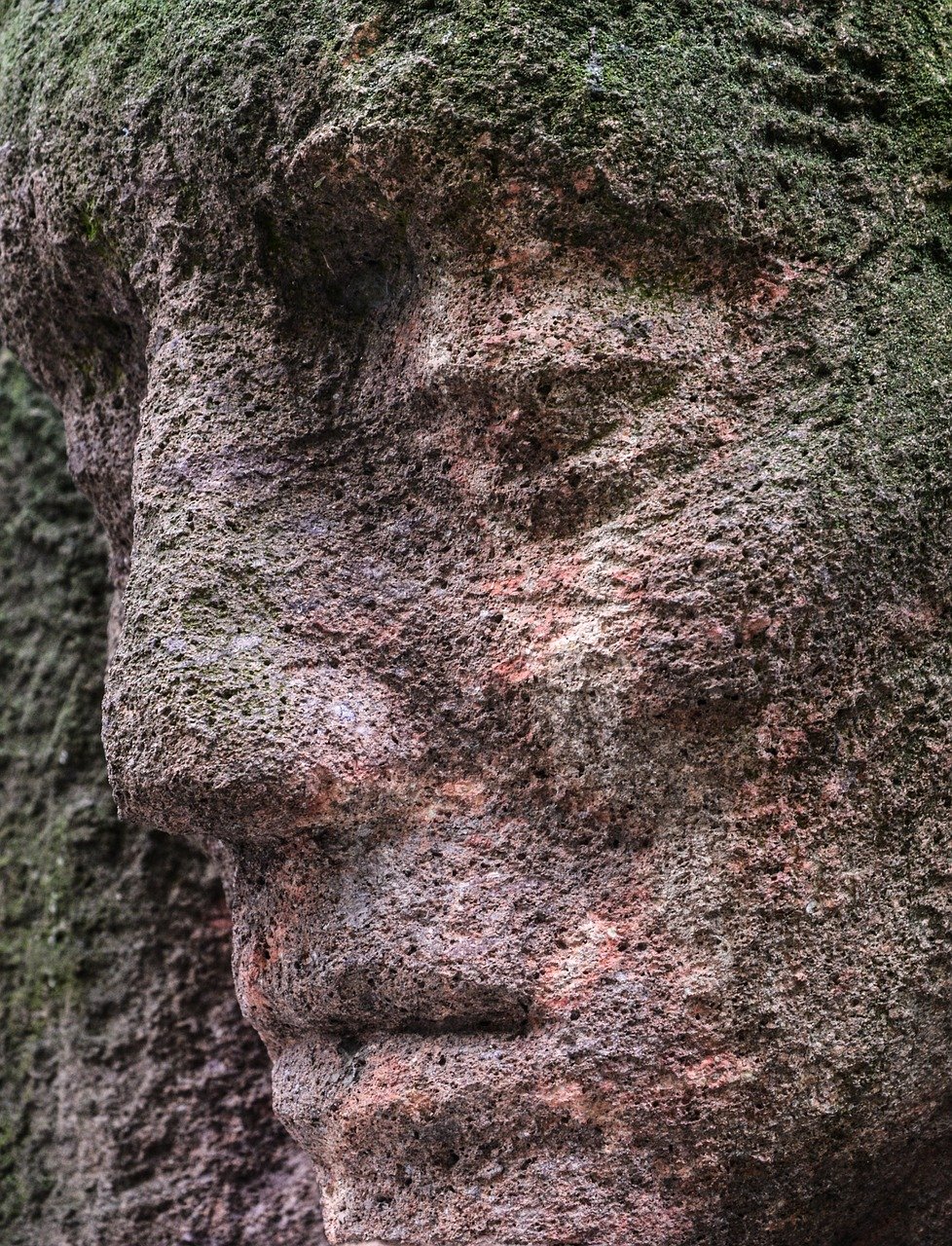
Hey, tired of tossing and turning at night because of shoulder and joint pain? We’ve got you covered! In this article, we’ll explore some simple yet effective ways to alleviate that discomfort and help you get the restful sleep you deserve. No more waking up feeling sore and stiff – it’s time to say goodbye to those nighttime pains! So, let’s dive right in and discover some practical tips and tricks to help you sleep peacefully, free from any shoulder and joint pain.

1. Assessing the Cause of Shoulder and Joint Pain
Understanding the Common Causes
Shoulder and joint pain can be caused by various factors, and understanding these common causes is crucial in finding the appropriate treatment and relief. Some of the common causes include injuries, such as sprains or strains, tendonitis, arthritis, and bursitis. Additionally, poor posture, overexertion, and repetitive motions can also contribute to shoulder and joint pain. Identifying the root cause of your pain is essential for effective management and prevention of further discomfort.
Consulting a Healthcare Professional
If you are experiencing persistent shoulder and joint pain, it is advisable to consult a healthcare professional. They can evaluate your symptoms, perform a physical examination, and recommend appropriate diagnostic tests if needed. Understanding the underlying cause of your pain is crucial for developing an effective treatment plan. A healthcare professional can provide valuable insights and recommend the most suitable course of action based on your specific situation.
Identifying Specific Triggers
To effectively manage shoulder and joint pain, it is essential to identify specific triggers that worsen your symptoms. These triggers can vary from person to person, but common culprits include certain activities or movements, such as lifting heavy objects, repetitive tasks, or poor posture. By identifying and avoiding these triggers, you can minimize the strain on your shoulder and joints, reducing pain and discomfort in the long run.
Keeping a Pain Journal
Keeping a pain journal can be a helpful tool in managing shoulder and joint pain. By recording your daily activities, the level of pain experienced, and any relevant factors such as weather changes or specific movements, you can identify patterns and potential triggers. This information can be shared with your healthcare professional, assisting them in making accurate diagnoses and designing a personalized treatment plan to alleviate your pain effectively.
2. Lifestyle Modifications to Relieve Shoulder and Joint Pain
Maintaining Proper Posture
Maintaining proper posture is essential for relieving shoulder and joint pain. Whether you are sitting or standing, make a conscious effort to keep your spine aligned and your shoulders relaxed. Avoid slouching or hunching forward, as this can place unnecessary stress on your joints. Utilizing ergonomic chairs or adjustable standing desks can also help promote good posture and reduce discomfort.
Using Ergonomic Pillows and Mattresses
Investing in ergonomic pillows and mattresses can significantly alleviate shoulder and joint pain. These specialized products are designed to provide proper support and alignment for your neck, shoulders, and spine. Ergonomic pillows can help reduce strain on the neck, while mattresses with adequate firmness can support your entire body and alleviate pressure points that may contribute to pain.
Wearing Supportive Braces or Splints
Supportive braces or splints can provide stability and relieve pressure on your shoulder and joints. Depending on the specific area experiencing pain, there are various braces and splints available to offer targeted support. These assistive devices can help reduce inflammation, prevent further injury, and provide much-needed relief during activities that exacerbate your symptoms.
Refraining from Overexertion and Heavy Lifting
To prevent aggravating your shoulder and joint pain, it is important to refrain from overexertion and heavy lifting. These activities can put excessive strain on your muscles, tendons, and ligaments. If you need to lift heavy objects, seek assistance or consider using lifting aids that distribute the weight more evenly. By avoiding overexertion, you can protect your shoulders and joints from undue stress and minimize the risk of pain and injury.

3. Sleep Positioning Techniques for Shoulder and Joint Pain
Sleeping on Your Back with a Pillow
One effective sleep positioning technique for shoulder and joint pain is sleeping on your back with a pillow. Place a pillow under your knees to maintain the natural curve of your spine. To provide additional support to your shoulders, consider using a small pillow or a rolled-up towel placed under your arms. This position helps keep your body aligned, reduces pressure on your shoulders and joints, and can alleviate nighttime pain.
Using a Supportive Body Pillow
Using a supportive body pillow can provide relief for shoulder and joint pain during sleep. A body pillow allows you to find a comfortable position that promotes proper spinal alignment while distributing weight evenly. By hugging the body pillow, you can reduce the strain on your shoulders and joints, enhancing relaxation and minimizing pain. Experiment with different placements and orientations to find the most supportive position for your specific needs.
Trying the Side Sleeper Position
If you prefer sleeping on your side, the side sleeper position can be beneficial for shoulder and joint pain. Place a pillow between your knees to maintain proper alignment and reduce strain on your hips and lower back. To support your shoulders, hug a body pillow or place a small pillow between your upper arm and torso. This position can alleviate pressure on your shoulder joints and provide relief for discomfort.
Elevating the Affected Arm or Joint
For shoulder and joint pain that is isolated to a specific area, elevating the affected arm or joint can bring relief. Prop your arm or joint on a pillow or cushion to keep it elevated while you sleep. This positioning reduces swelling, promotes proper blood circulation, and can alleviate discomfort. Experiment with different elevation heights to find the most comfortable position for your specific condition.
4. Heat and Cold Therapy for Pain Relief
Applying Heat Packs or Warm Compresses
Heat therapy can be an effective method for relieving shoulder and joint pain. Applying heat packs or warm compresses to the affected area can help increase blood flow, relax muscles, and reduce stiffness. Use a heating pad or a warm damp towel and apply it to the painful area for 10-15 minutes at a time. Be cautious not to use excessive heat and always follow the manufacturer’s instructions for safe and proper usage.
Using Cold Packs or Ice Packs
Cold therapy is another common method for pain relief. Cold packs or ice packs can help reduce inflammation, numb the area, and provide temporary relief for acute pain. Wrap the cold pack or ice pack in a thin towel and apply it to the affected area for 10-15 minutes. It is important to give your skin breaks between applications to prevent frostbite or skin damage.
Alternating Heat and Cold Therapy
In some cases, alternating heat and cold therapy can provide optimal pain relief. This approach utilizes the benefits of both heat and cold therapy to reduce inflammation, increase blood flow, and alleviate discomfort. Start with heat therapy for 10-15 minutes, followed by cold therapy for the same duration. Repeat this cycle a few times, always making sure to end with cold therapy. However, if you have a specific medical condition or injury, consult with your healthcare professional before attempting this technique.
Trying Contrast Hydrotherapy
Contrast hydrotherapy involves alternating between hot and cold water for pain relief. Fill two basins, one with hot water and the other with cold water. Immerse the affected shoulder or joint in the hot water for a few minutes, then switch to the cold water for an equal amount of time. Repeat this cycle two to three times. The contrasting temperatures help stimulate blood circulation, reduce inflammation, and provide temporary relief. It is important to ensure that both the hot and cold water temperatures are comfortable and safe for your skin.






